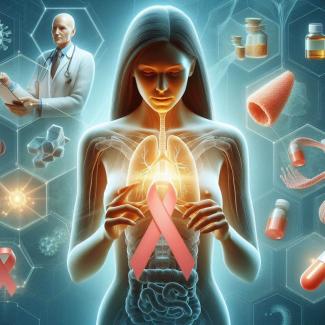This content provides a comprehensive overview of various diseases and health problems, encompassing a wide range of conditions from common illnesses to chronic diseases. You will find detailed descriptions of symptoms, causes, and risk factors, along with insights into prevention, diagnosis, and treatment options. The information is tailored for both general readers and those seeking specific medical knowledge. Additionally, the content includes expert opinions, recent research findings, and resources for further exploration, aiming to empower readers to make informed decisions about their health.
Fever is a common symptom of many medical conditions, and while infections are a frequent cause of fever, there are various other non-infectious causes of fever. Some of these include:
Helicobacter pylori, often abbreviated as H. pylori, is a type of bacteria that infects the stomach lining of humans. It is one of the most common bacterial infections worldwide. H.
Blood in the urine, a condition known as hematuria, can be a cause for concern as it often signals an underlying health issue.
Helicobacter pylori is a type of bacteria that can infect the stomach lining and cause various gastrointestinal conditions, including peptic ulcers and gastritis.
Cloves, scientifically known as Syzygium aromaticum, have been used for centuries as a natural remedy to treat toothache.
Alpha-1 antitrypsin deficiency (A1AT deficiency), also known as alpha-1 proteinase inhibitor deficiency, is a genetic disorder that affects the lungs and liver.
Breast cancer remains one of the most common types of cancer worldwide, affecting millions of women and, in rarer cases, men.
Regular exercise has long been recognized as a cornerstone of health and well-being, but its impact on longevity is particularly profound.
The relationship between diet and cancer risk is complex, but certain foods and dietary patterns have been associated with a reduced risk of cancer.









